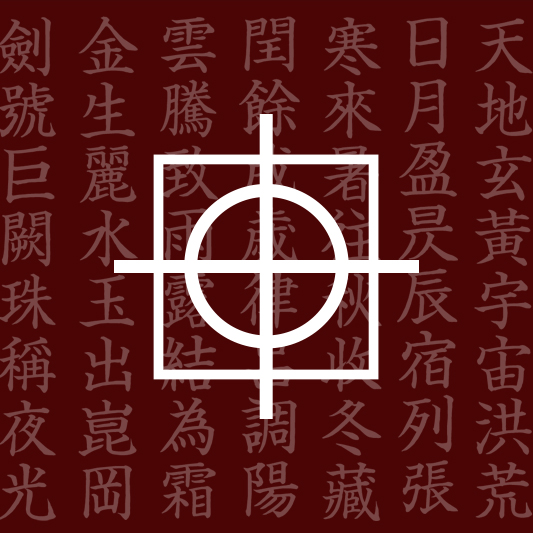本文最初發表於我和妻子的微信公眾號: 人面魚Fisage, 有增改。
任何一種人類語言的演變史,都是一部思想、文明和文化自然演化和進化之歷史,猶如自然界中的河流一般,自有其本身的流變與演化,是該語言文明獨自的成長道路,也是語言本身的獨特規律。任何人為、非正常卻系統性地改變一種語言的表達書寫方式都有可能給該文明文化帶來不可意料的負面影響,也是對原語言使用者的一種粗暴干涉,更是一種對該語言代表的文化之冷酷摧殘。
自從開始做公眾號,最常聽到的一句話,就是:“咦?你為甚麼要用繁體字(傳統漢字)呀?這樣看文章真是累。”今天,就和大家聊聊為甚麼我要推薦使用傳統漢字吧。
一、傳統漢字在逐漸消亡嗎?
繁體字(Traditional Chinese), 區別於我們寫的簡體字(Simplified Chinese), 也是漢語的一種書寫方式。我們這一代人接觸到傳統漢字,可能來自於老一輩家裡藏著的古籍,也可能是香港台灣影視劇和港台流行歌曲的字幕。70, 80後閱讀傳統漢字,應該多多少少能看懂個大概。不過,隨經濟發展,港臺文化趨勢潛移默化向北京的趣味轉移,影視作品和出版行業愈來愈傾向大陸本土文化,傳統漢字的使用頻率越來越少,年輕人對傳統漢字也越來越不甚瞭解。
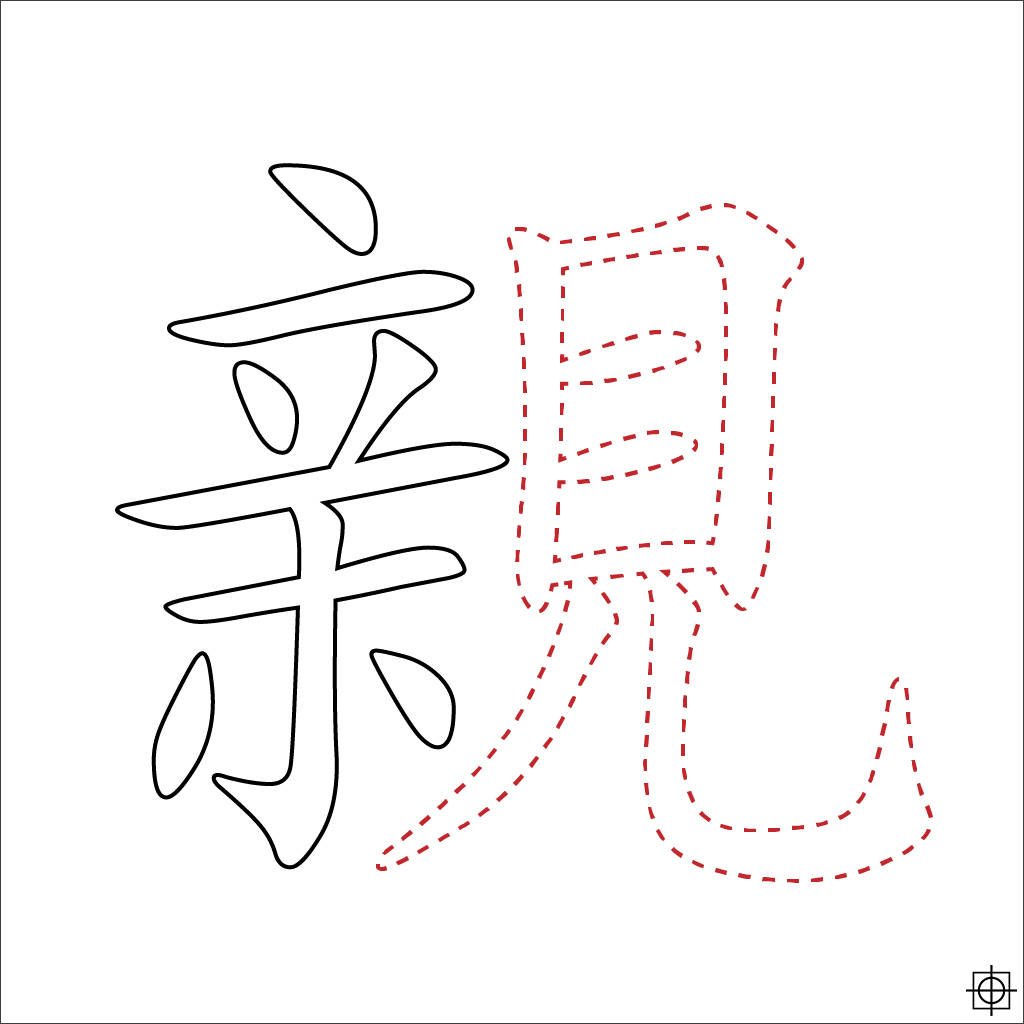
Relatives without encountering
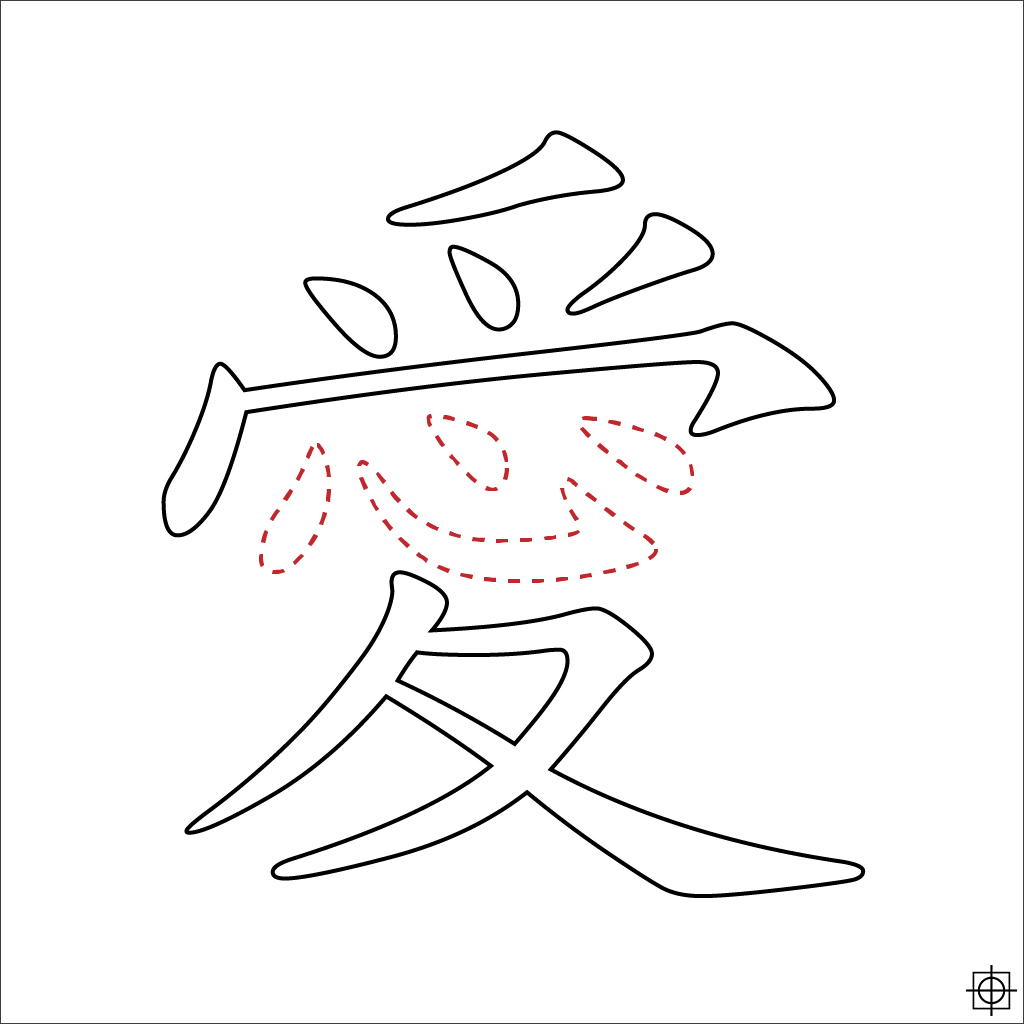
Love without heart
二、傳統漢字之美
傳統漢字和簡化漢字到底有什麼差別呢?我們經常聽到的一句話是:“親(亲)不見,愛(爱)無心,麵(面)無麥,運(运)無車,導(导)無道,兒(儿)無首,飛(飞)單翼,雲(云)無雨,開關(开关)無門,鄉(乡)里無郎,聖(圣)不聽說”。靜下心來,對傳統漢字和簡化漢字做一個對比,是不是很值得回味?一個漢字意義裡包含的重要部分,都從文字形式裏被剔除了。從文字的改變中,我們可能會誤解: 親人是可以不相見的,沒有心的也可以叫愛。或者,我們做一個思維的逆向推導,在中國傳統文化中,親人是應該常相見和相互關心的;愛是應該用心去感受並無私奉獻的;麵是麥苗吸收四季陽光和雨水,用麥粉發酵製作的;教書育人是應該有一個“天道良知”去遵循的。從這樣的角度去看,中國的傳統漢字,是不是別有一番意義並俱有文化倫理上的神聖美感?
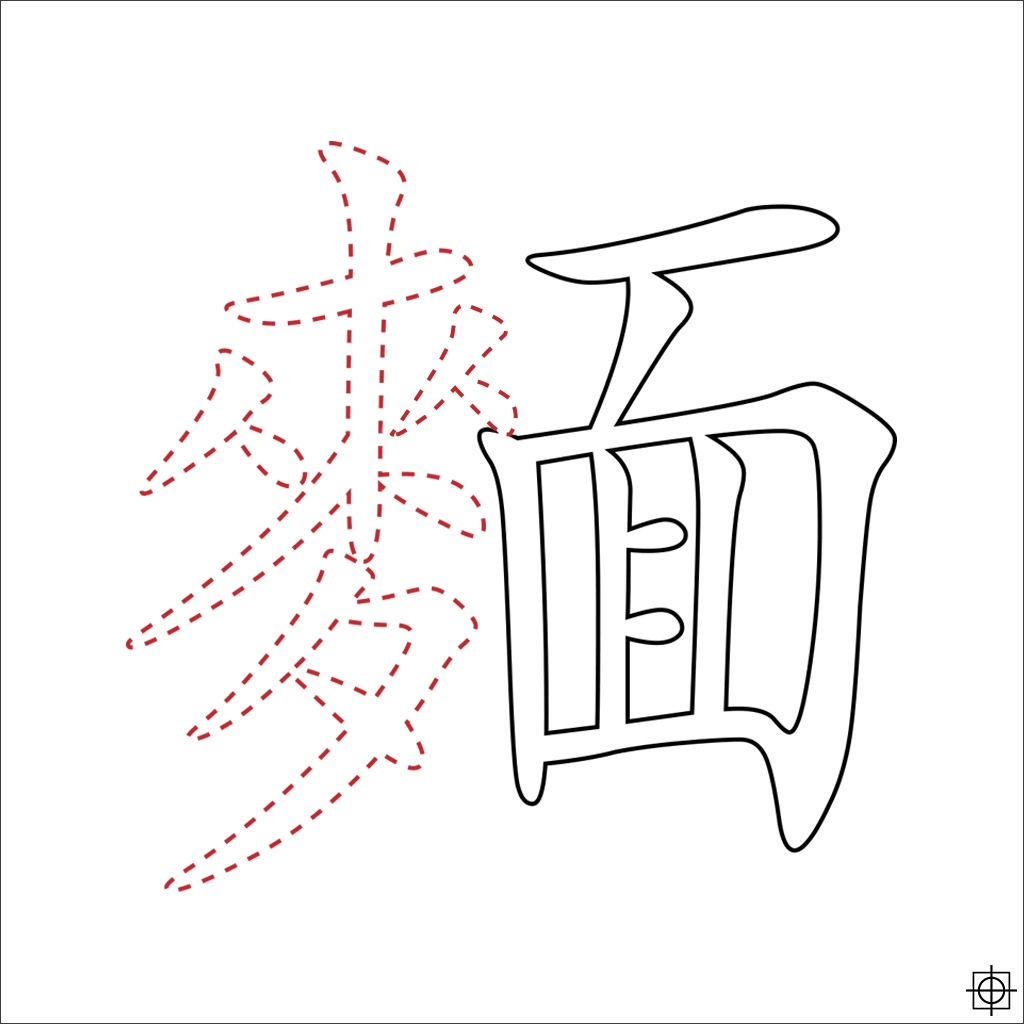
Noodle without wheat
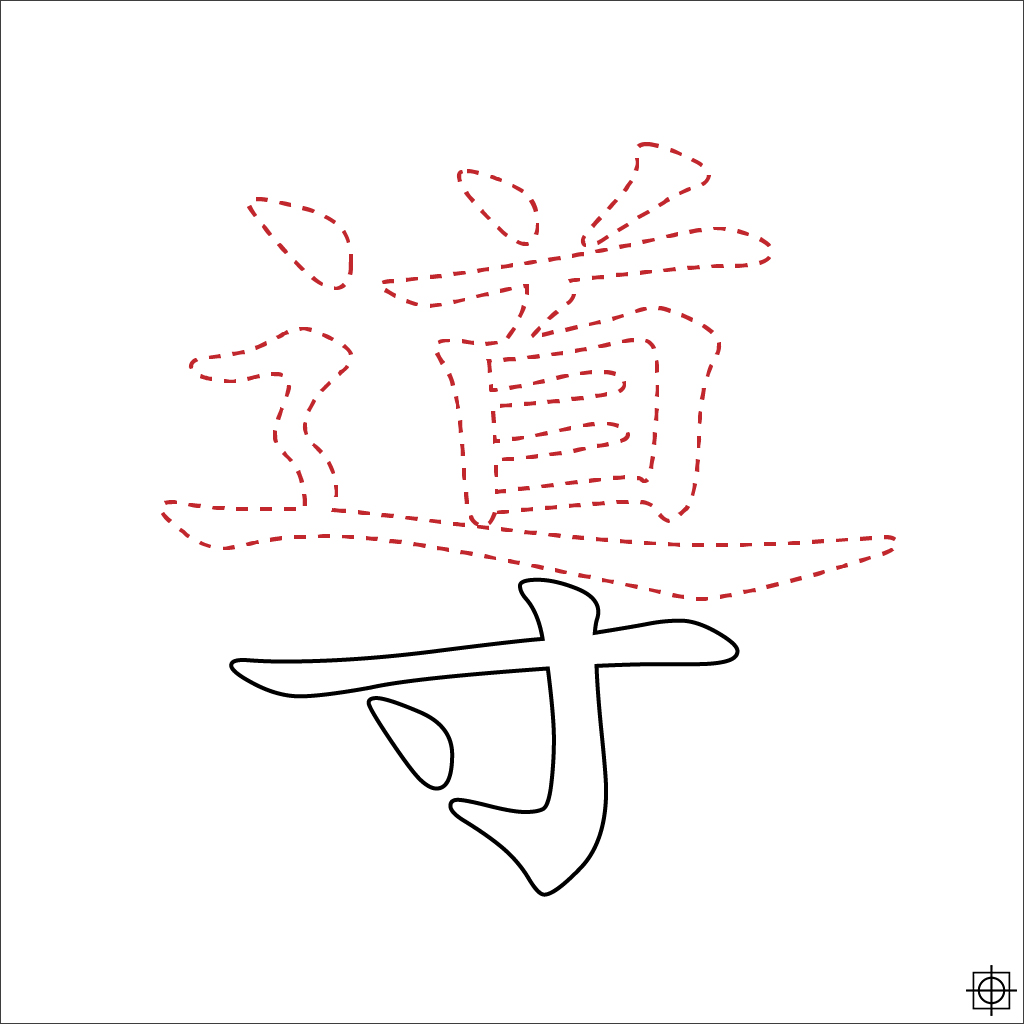
Guidance without routes
三、並不會難以辨識或書寫
我們普遍以為,傳統漢字太過繁瑣,使用簡化漢字可以把人們從繁重的認知和記憶中解放出來。 這個問題,我們可以用認知心理學(Cognition Psychology)的信息處理方式來看待。大家知道,漢字起源於甲骨文,屬於象形文字。象形文字的特徵是直觀、形象、具體,由形象上的相似,帶來呈現意義的一致。歐洲語言和漢語不同,二十六個拉丁字母的隨意組合,可以理解為信息處理上的序列處理(serial processing), 這個過程存在於時間軸上,可以理解為視覺上線性邏輯的前後性,比如我們辨識 love 和 psy-che-de-lia。而漢字,則是在我們看到形狀的一瞬間便完成了認知, 它是一種併行處理(parallel processing)的過程: 就像一副圖畫,我們在睜開眼睛凝視它的瞬間,意識就已經完整地捕獲了它的整個圖景。例如,我們辨識“愛”字和“爱”字的過程,都是在看的一瞬間完成,不過,我們在看見傳統漢字“愛”的時候,會理解這個字和“心”之共生關係: 愛由心生。簡化漢字和傳統漢字辨識效率上的異同,就好似加俐略(Galileo Galilei, [1])的比薩斜塔(Torre pendente di Pisa, [2])實驗: 不同重量的球從相同的高度落地,時間卻意外地一致。實驗表明,在形意語言(ideographic language)的體系裡,決定認字閱讀速度的關鍵,不在於筆畫的繁複與否,而在於“基礎組件”的出現頻率。這個“基礎組件”就是漢字的偏旁部首–比如, “食”字旁的字都和進食有關, “月”字旁的漢字大都是臟器名–這些“基礎組件”, 就像樂高玩具(LEGO, [3]), 可以隨意組合,創造出一個又一個面目不同卻俱有親緣關係的“兄弟姐妹”。簡化漢字在偏旁部首的結構上和傳統漢字幾乎相同,這就可以解釋為什麼在辨識閱讀上,簡化漢字並沒有特別優勢。
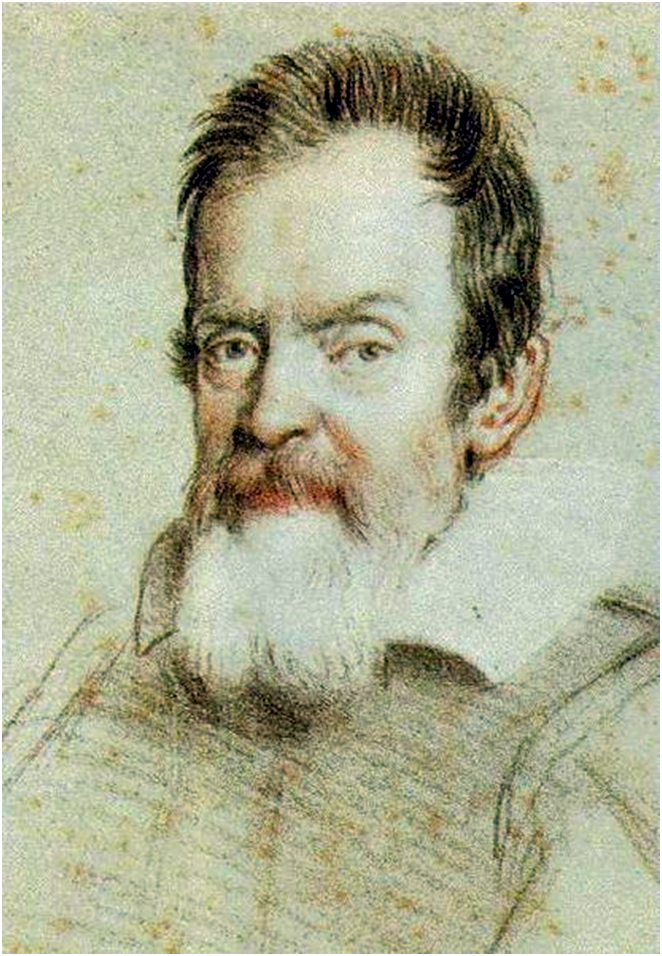
Galileo Galilei
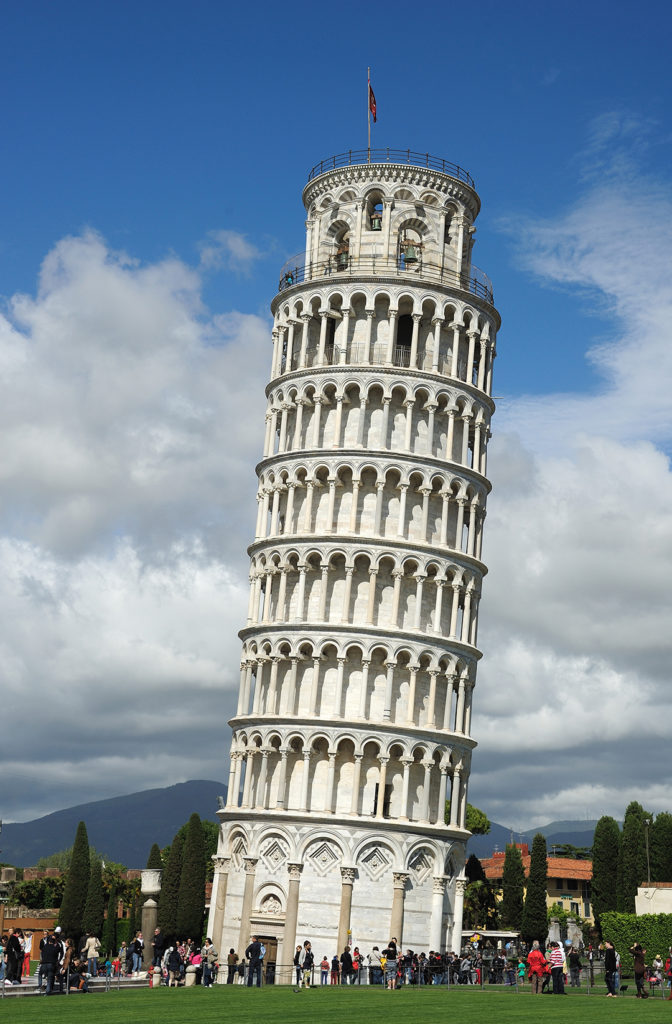
Torre pendente di Pisa
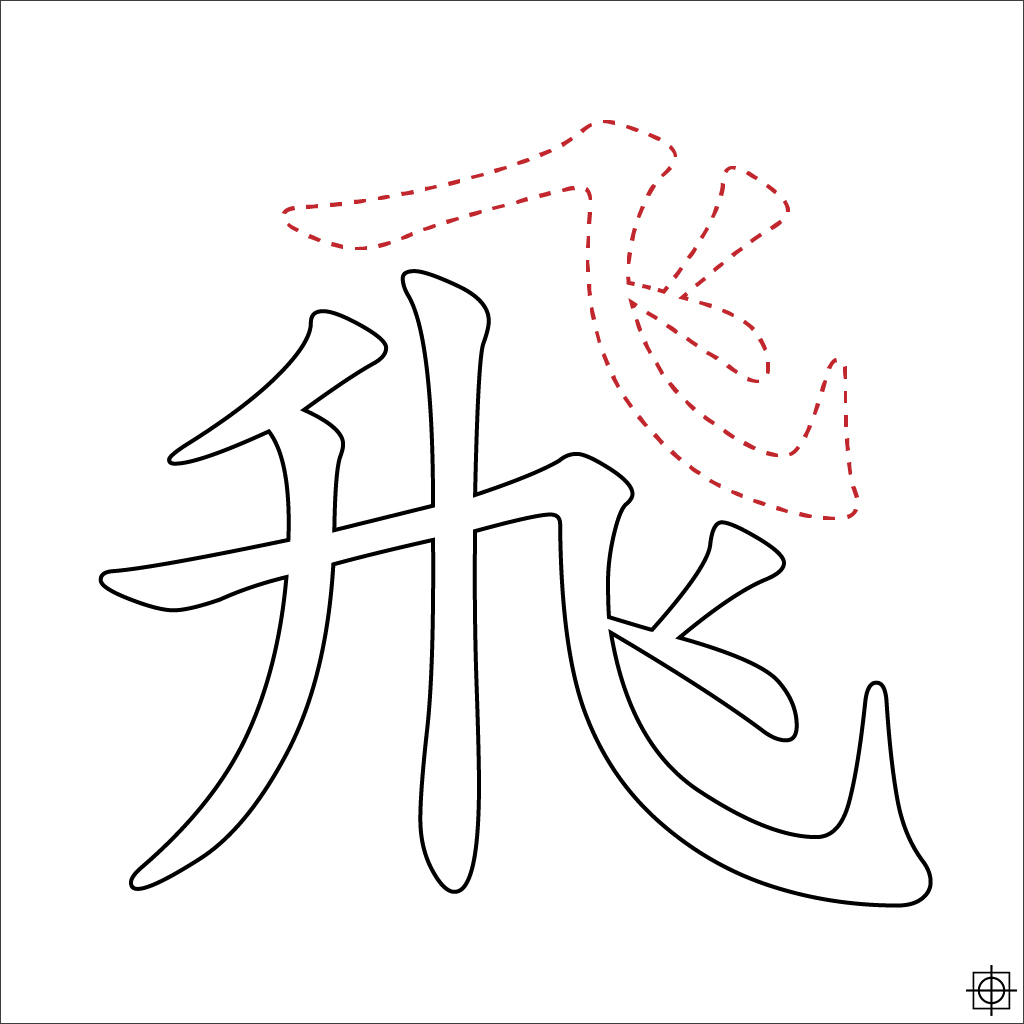
Flying with one wing
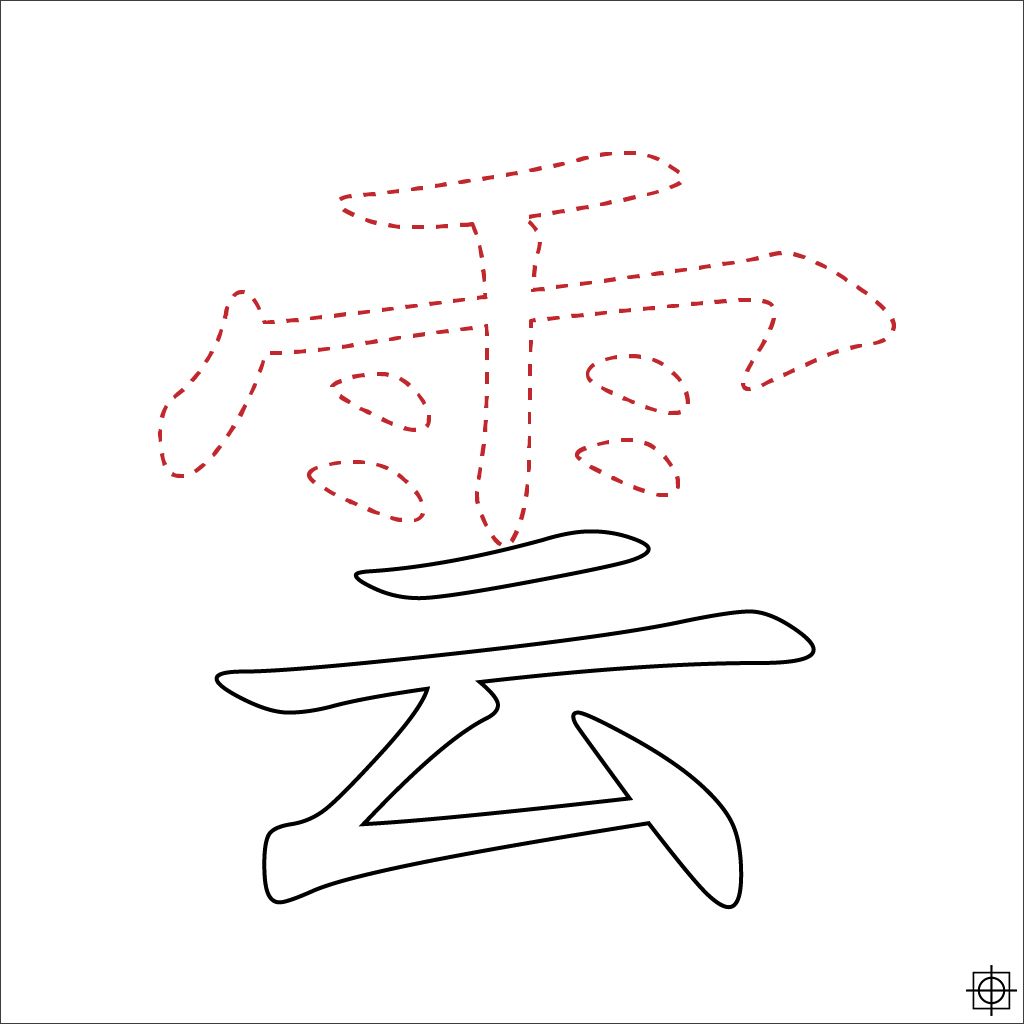
Cloud without rain
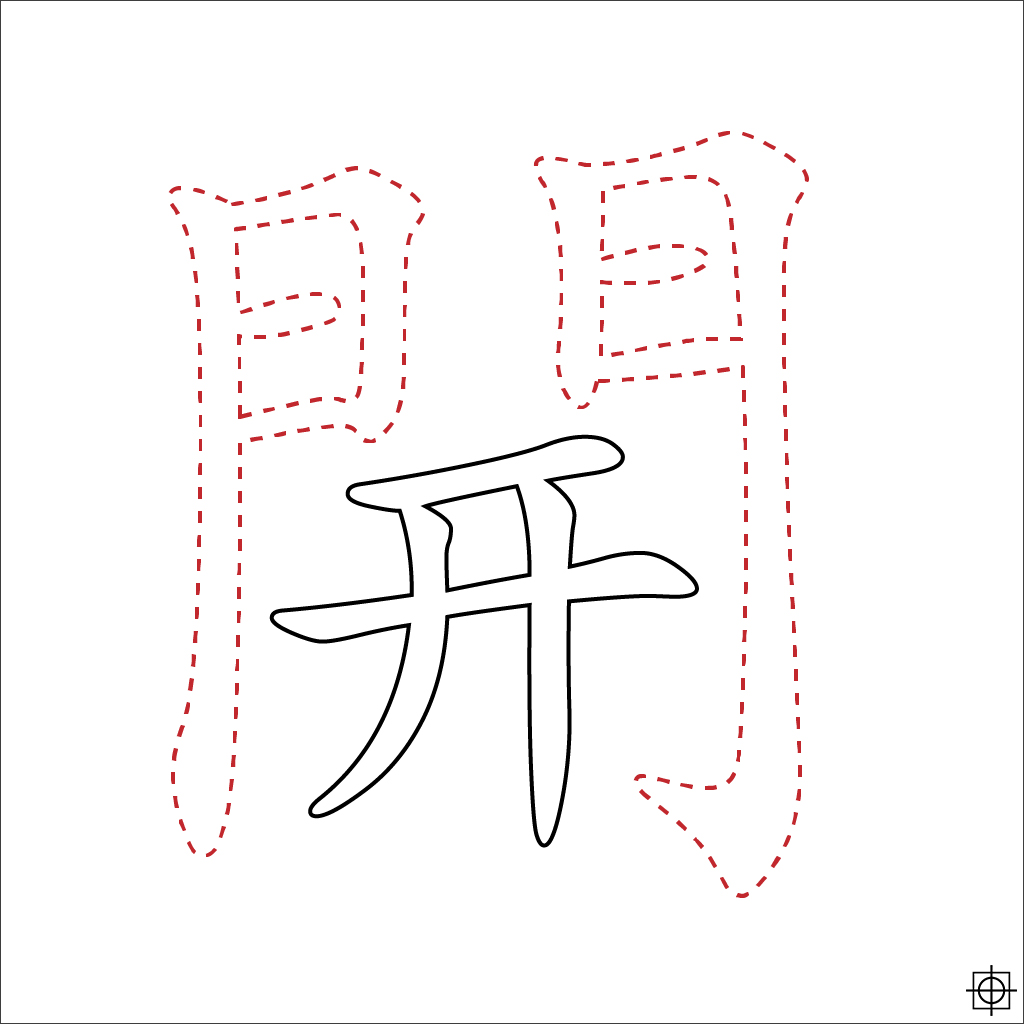
Switches without doors (open)
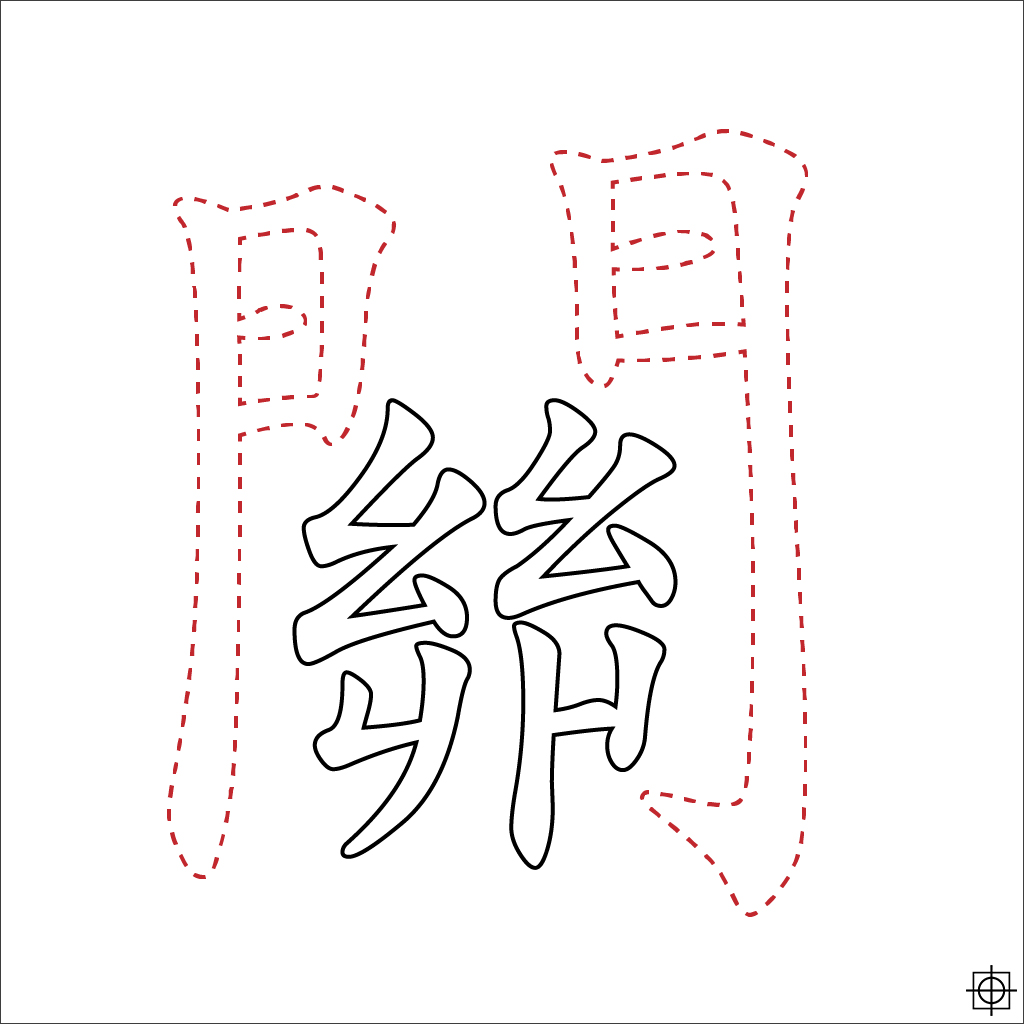
Switches without doors(close)
另一方面,在互聯網時代,我們執筆書寫的機會越來越少,傳統漢字所謂“書寫效率低下”的問題也不復存在。相反地,因為萬國碼(Unicode, [4])編碼的空間有限,人為製造的簡化漢字,只會是本來珍貴的字節空間被大量浪費,無助於漢字在信息時代的交流與傳播。
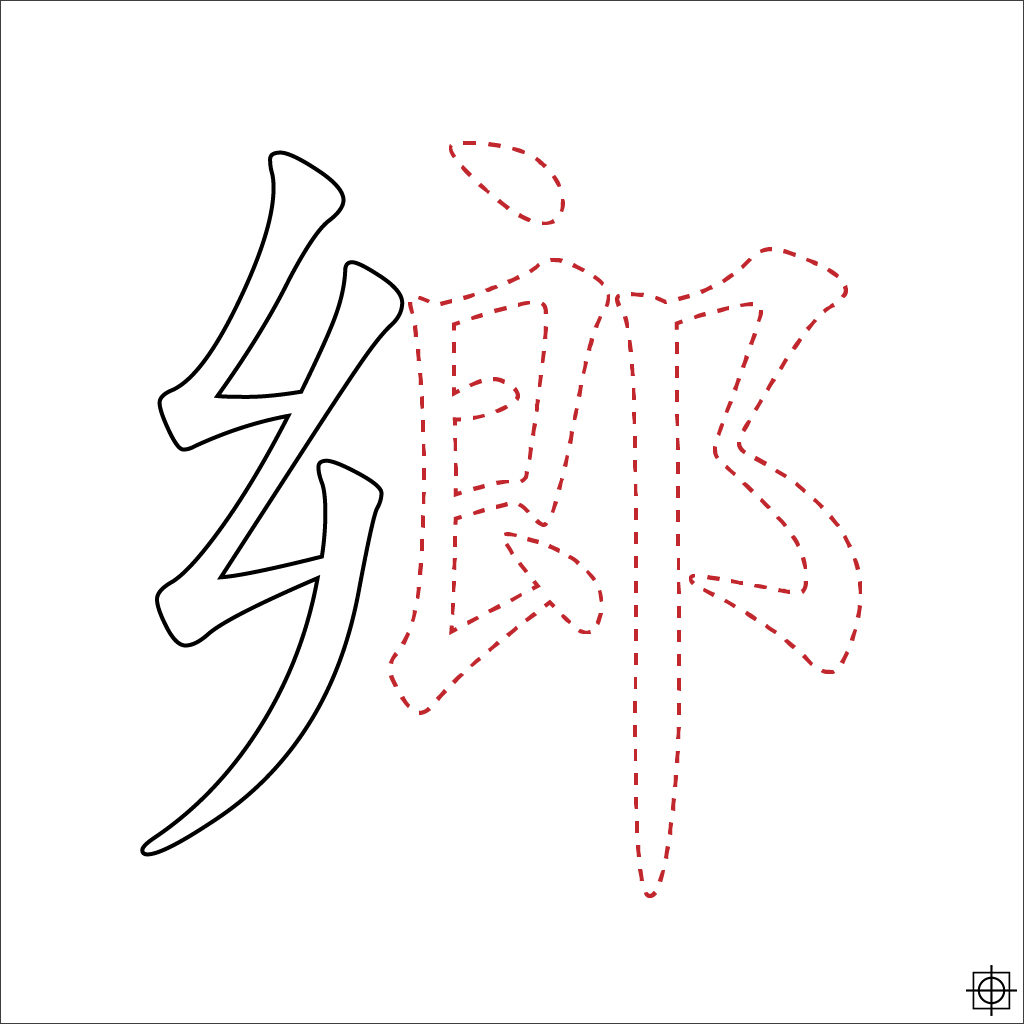
Village without men
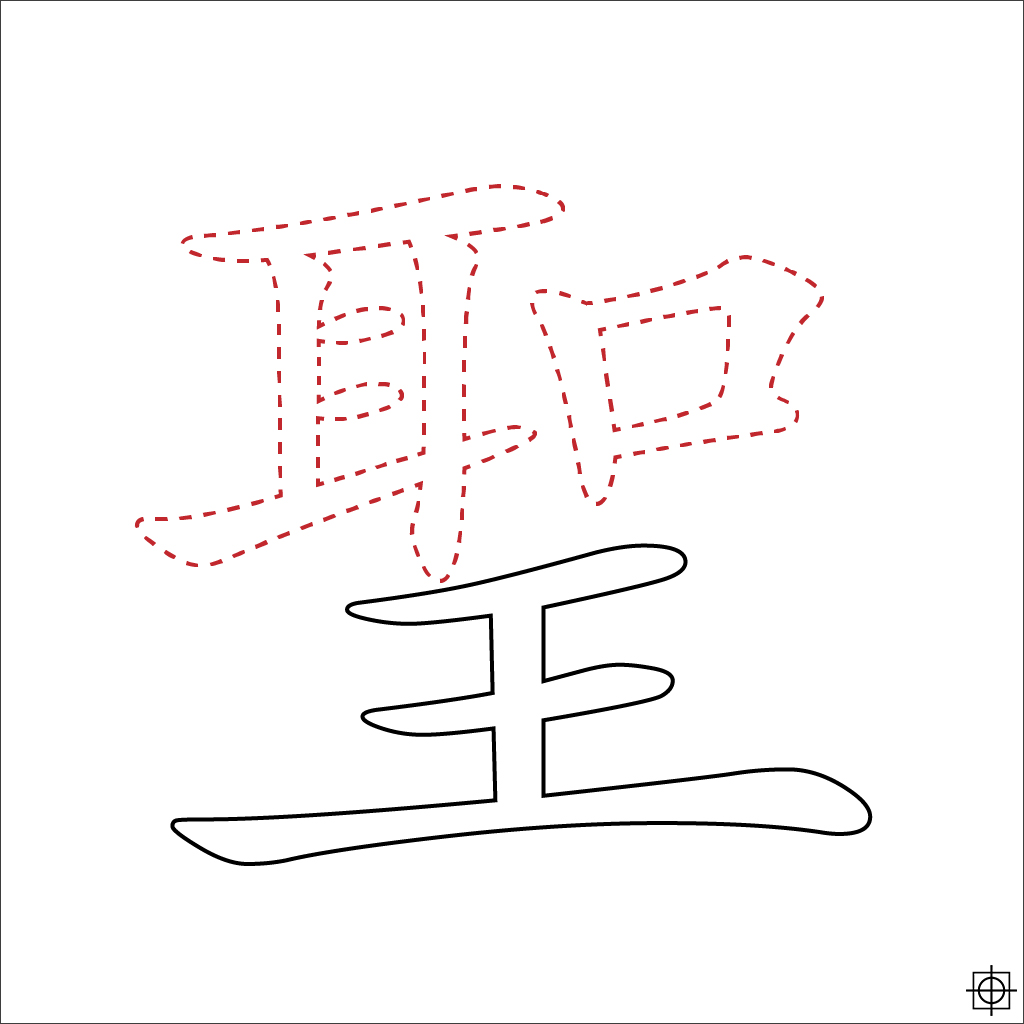
Saints deny to say or listen
四、簡化漢字的來源
我們應該知道,簡化漢字一大部分的來自民間俗字,為非正式書寫體,在民國以前都是作為私人交流的書體;另一部分來自假借字和形聲字;還有的,則來自草書和行書楷化–但是,因為書寫工具不同,硬筆和印刷體生硬的筆觸不能夠體現毛筆的圓潤轉折和流麗灑脫,不均衡的字形結構破壞了傳統漢字六書的造字原理,造成不對稱、頭重腳輕和過度符號化等現象,而且,大量外表近似的簡化漢字,還進一步造成辨識的困難。在這個意義上,簡化漢字破壞了漢字歷經世代的傳承之美,割裂了使用者與傳統文化的關聯,並使大量俱有文化含義和歷史價值的觀念與使用者無緣。
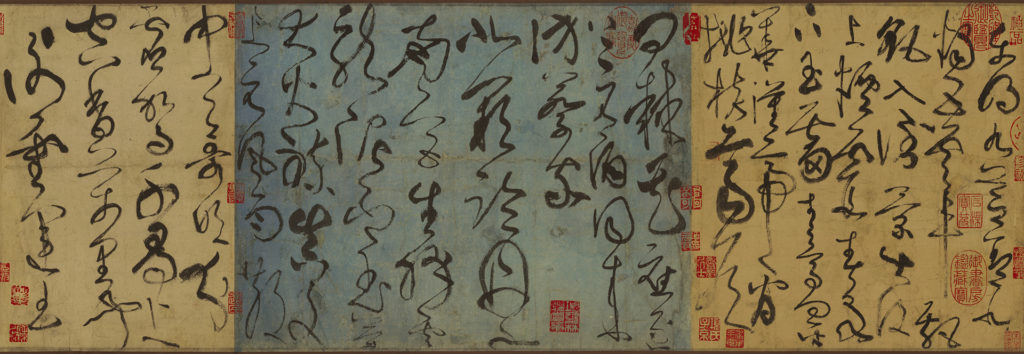
Tang Dynasty, Zhang Xü, Four Notes in Cursive Scripts

Song Dynasty, Emperor Huizong of Song, Ode to the Red Cliffs
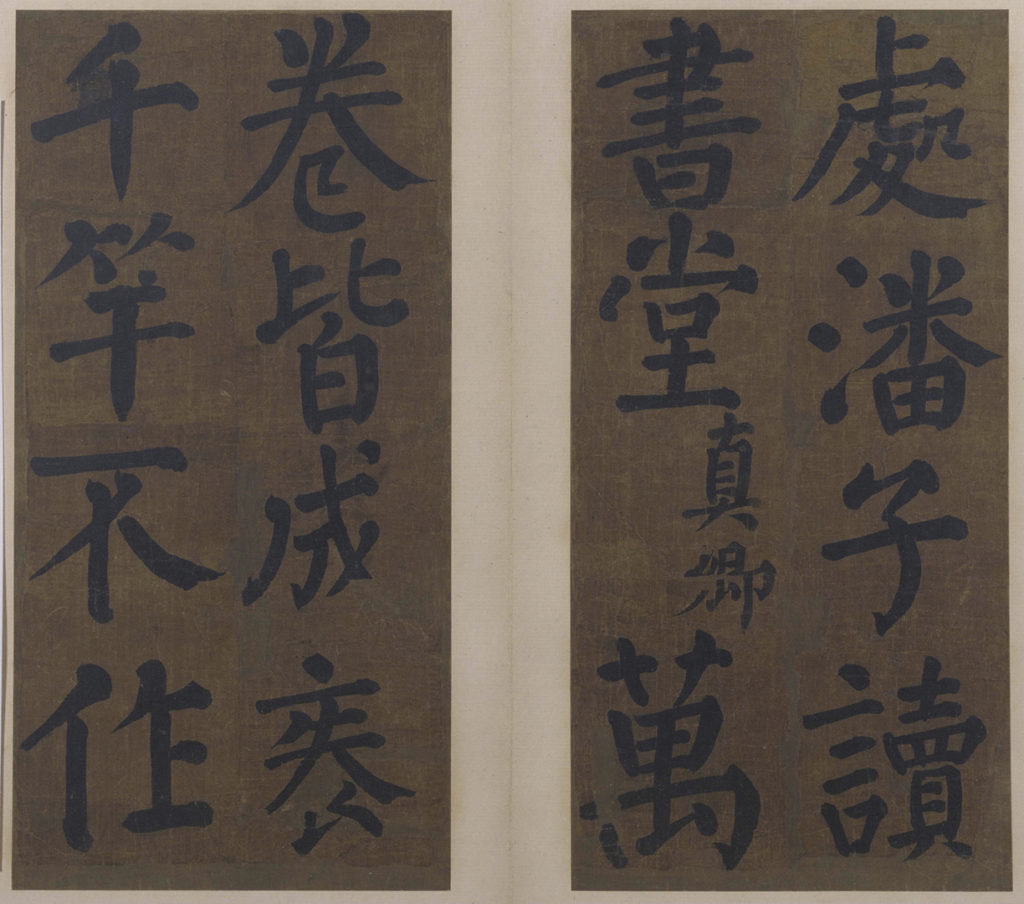
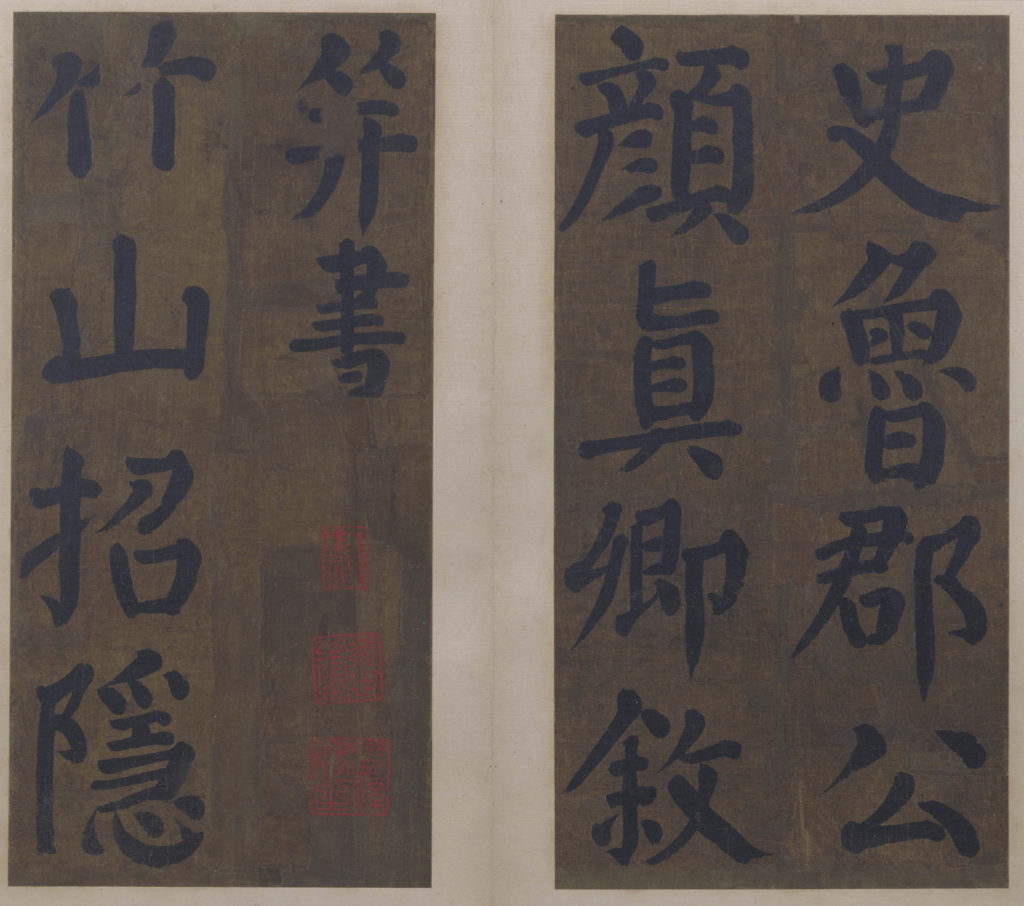
Tang Dynasty, Yan Zhenqing, Sentences of Liaison for Maison Mount Bamboo in Regular Scripts
五、語言、文字和思維
我一直認為,語言,是人類認識這個世界的基礎: “無,名天地之始;(《道德經》)”, 而作為語言單位的字、詞,是我們瞭解這個世界的概念性入門工具。索緒爾(Ferdinand de Saussure, [5])認為,任何語言都有其“能指”和“所指”, “能指”意為語言文字的聲音和形象, “所指”的就是語言的意義本身。形意文字由圖畫簡化而來,文字的象徵性決定其意義的依託性。一種文字的存在,應以其背後深厚的文化底藴為依託。接受一種語言,就是接受一種思考方式,一種生活方式。在我們思考、言說和書寫,乃至於鍵盤上敲擊的每個瞬間,我們都與之親密為伴,在我們無意中瞥過、眼角的餘光掠過的剎那,在腦海深處與意識內裏,都會悄悄地凝聚它們的浮光掠影,乃至在潛移默化中,我們都不知不覺獲得了這種語言血脈傳承的寶藏與秘密。
傳統漢字雖不盡善美,但它完整地呈現了一個民族的文化、智慧、品格與深度。自倉頡造字以降,漢字幾經動盪、變更,它在承載,也在積澱。 任何語言文字的流變和發展,都是一個自然而然的過程,是一個由文明和文化共同哺育的漫長過程,它是人類自身與周遭世界關係的縮影及寫照。簡單、粗暴、人為地改變一種語言就如同將一個活生生、完整的人肢解分離,帶來的是傳統觀念的斷裂,思維的貧瘠和蒼白,人文意識的泯滅與文明深度意義之消亡。 而一種語言文字的式微衰落,也同時代表了一種文化倫理和價值觀念的瀕亡。也許,一個習慣使用簡化漢字的人,嘗試理解、閱讀並接納傳統漢字也不啻為一種更俱文化自覺和包容性的選擇?
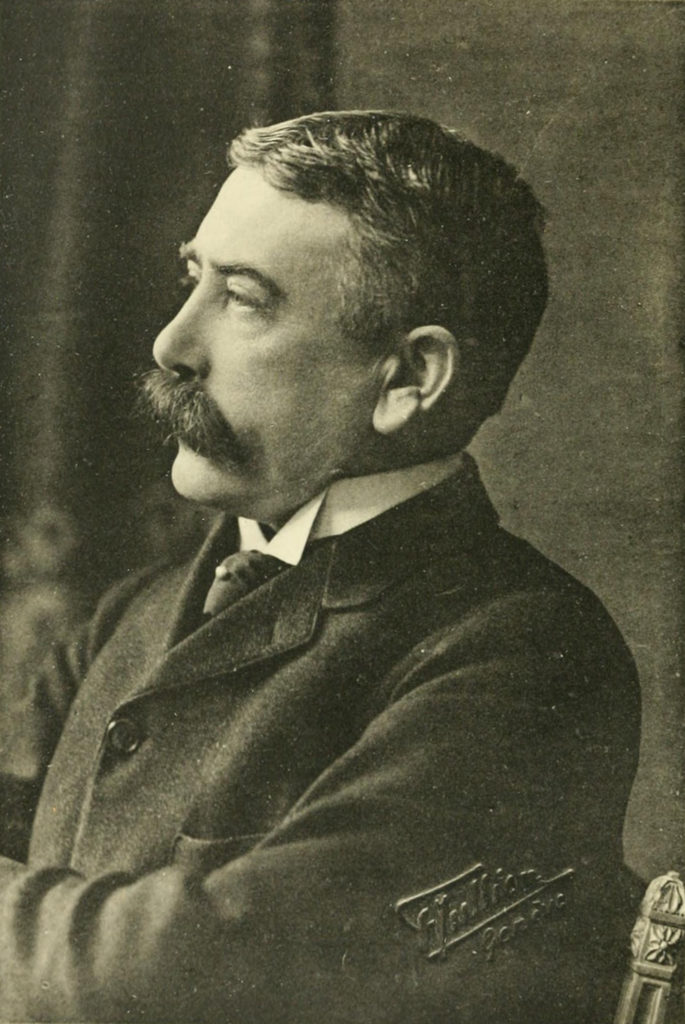
Ferdinand de Saussure
註釋
[1] 伽利略·伽利莱(Galileo Galilei, 1564-1642), 義大利物理學家、數學家、天文學家及哲學家。
[2] 比薩斜塔(Torre pendente di Pisa), 世界著名建築奇觀,義大利的標誌之一。
[3] 樂高(LEGO)是一家丹麥的玩具公司出品的積木玩具,可組成各種模型物件。
[4] Unicode(萬國碼、國際碼、統一碼、單一碼)是電腦科學領域裡的一項業界標準。它对世界上大部分的文字系統進行了整理、編碼,使得電腦可以用簡單的方式來呈現和處理文字。
[5] 斐迪南·德·索緒爾(Ferdinand de Saussure, 1857-1913), 瑞士語言學家,現代語言學之父。
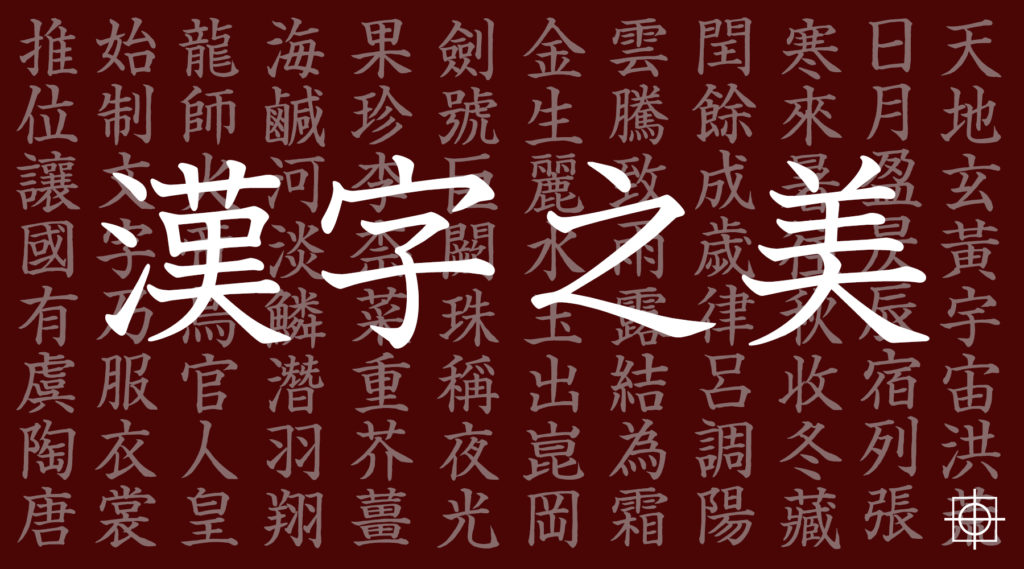
EN
Can’t You Really Recognize Traditional Chinese Characters?
This article was first published on WeChat official account: 人面魚Fisage, co-authored by me and my wife, it has been revised since then.
Any history of a human language is a natural, evolutional history of man’s thinking, culture and civilization, just like a river in the Nature, which has its own changing directions and evolution in its unique route of self-growing, following its own paces and steps, which belongs to the rules of the language itself. Any kinds of man-made, abnormal yet systemic alterations of a language in its expressing and writing formations may bring unexpected, negative influences on the civilization behind it, which is also a violent, abrupt interruption to its former users. Further more, it is also a type of cruel, cold destroy and destruction of the civilization symbolized by the language.
From the very beginning of my WeChat official account, the most frequently heard question is “Eh? Why do you write in Traditional Chinese? It’s pretty tedious to read them.” Today, I feel like talking and explaining why I insist on writing in Traditional Chinese and recommending it to others.
I. Is Traditional Chinese Diminishing?
Differentiated from Simplified Chinese, Traditional Chinese is a way of writing Chinese characters. For our generations, maybe the first date with Traditional Chinese characters was the ancient books hidden in the shelves of our forefathers, or the subtitles of the drama television series and pop music MTV from Hong Kong or Taiwan. Those born in 1970s or 1980s may recognize Traditional Chinese more or less. But as the economic development of Mainland China booms, the cultural trends of Hong Kong and Taiwan have shifted to Beijing’s taste, the entertainment and publication industries tend to match that of Mainland China, Writing in Traditional Chinese becomes less and less, and the younger generations are unaware of Traditional Chinese more and more.
II. The Beauty of Traditional Chinese
So what are the differences between Traditional Chinese and Simplified Chinese indeed? The most frequently quoted sentence is “Relatives without encountering, love without heart, noodle without wheat, transportation without vehicles, guidance without routes, son without head, flying with one wing, cloud without rain, switches without doors, village without men, saints deny to say or listen(親(亲)不見,愛(爱)無心,麵(面)無麥,運(运)無車,導(导)無道,兒(儿)無首,飛(飞)單翼,雲(云)無雨,開關(开关)無門,鄉(乡)里無郎,聖(圣)不聽說).” Let’s calm down and compare both, is that interesting? Those important parts in Traditional Chinese characters are removed or omitted. In the modification of the characters, we may misunderstand that the relatives may not see each other, love can be achieved without hearts. Instead, we can think in reverse, in the traditional Chinese culture, the relatives should see and cherish each other; love should be touched by hearts and devoted to others; noodle is made by powder of wheat sucking the sunshine and rain of the four seasons; the teachers should follow the “taoism of the heaven and conscience(天道良知)” to guide the pupils. From this perspective, doesn’t Traditional Chinese have a unique significance and a holy beauty in its cultural ethics?
III. It is NOT Difficult to Recognize or to Write
We usually think that Traditional Chinese is too complex, writing in Simplified Chinese will liberate us from the burden of memory and cognition. For this question, we can use the information processing methods in cognition psychology to explain. As we all know, Chinese characters come from oracle bone scripts, which is a kind of hieroglyphics. The primary features of hieroglyphics are instinct, figurative and concrete. The similarities in the shapes and figures bring consistency to meanings and significations. Unlike Chinese language, the European languages with random combinations of twenty-six latin letters are processed in serial. This process is carried out in the timeline, which can be regarded as the procedure in the visual, linea logic, as we can see in words like “love” and “psy-che-de-lia.” The Chinese characters, in the contrary, will be cognized at the moment when we see their whole forms. It is a kind of “parallel processing” – as our staring at an image, at the very moment when we open our eyes, our conscience has captured the entire picture. For example, when we read the Chinese character of love “愛(Traditional)” and “爱(Simplified),” we all get the picture in a second. But when we read the word “愛(love)” in Traditional Chinese, we tend to understand that this emotion links with “heart”, for love can only be generated by heart. The cognition ratio between Traditional Chinese characters and Simplified Chinese characters is like the experiment carried out by Galileo Galilei [1] at Torre pendente di Pisa [2]: ironically, balls in different weights fell freely from the same height would reach the earth at the exact same time. Based on experiments in the past, in the ideographic language system, the key feature for cognition and reading speed is not determined by the number of the strokes but by the frequency of the “basic components”. These “basic components” are the radicals of Chinese characters, for example, the Chinese characters with radical “食(food)” are all related to eat, while the Chinese characters with radical “月(moon)” are all related to organs. These “basic components”, like LEGO [3], can be combined freely, creating many “sisters and brothers” with different faces and appearances in the same bloodline. And Simplified Chinese and Traditional Chinese nearly share the same structures in radicals, and that’s why the simplified ones have no real advantages over the traditional ones in speed of cognition and reading.
In the other hand, in our era of Internet, we have less and less chance to write something by hand, and the quote that “Traditional Chinese characters require much more time to write” is useless. In the contrary, due to the limited space of Unicode [4], the new-made Simplified Chinese characters are a waste of the precious space in the realm of byte, which will not contribute to the communication or propagation of Chinese language.
IV. The Origin of Simplified Chinese
We ought to know that some of Simplified Chinese characters were borrowed from folk’s non-official vulgar written forms, which are widely used in Mainland China privately before 1949; some of them were borrowed from characters with similar pronunciations or characters with similar meanings; and the last were transformed from the Cursive Scripts(草書) and the Semi-Cursive Scripts(行書), due to the differences of writing tools, their Simplified Regular Scripts(楷書) counterparts in hand-writing and printing will not represent the beauties, fluidities and splendours of their original ones, and their structures broke the basic rules of traditional Chinese character classification(漢字六書), which resulted in unbalance, asymmetry, over-weight and over-symbolization of characters. And many Simplified Chinese characters have very similar appearances, which enlarge the difficulties to distinguish them in cognition even further. In this sense, Simplified Chinese destroys the beauty of original Chinese characters borne for generations in centuries, isolating the links between its users and the traditional culture, separating many vital ideologies with ample cultural significations and historical values from its contemporary users.
V. Languages, Words and Thoughts
I always regard that language, as it own, is the very cornerstone for mankind to recognize the world: “Nothing, then Naming is the beginning of the universe(無,名天地之始;《Tao Te Ching, 道德經》).” The character and word, as the basic units, are the conceptual and introductive tools for us to understand this world. Just as Ferdinand de Saussure [5] said, every language has its “capabilities” and “capacities”: the “capabilities” represent as sounds and forms of languages while the “capacities” are the meanings of the languages. The ideographic characters are simplified from pictures and images, the symbolization of the characters defines the liability of its meaning. The existence of a language is firmly relying upon its abundant cultural soil in the background. Accepting a language is accepting a way of thinking and a way of living. When we are thinking, talking and writing, even in the very moment of keystroking, we are all intimate with it. In some very instance when we are glimpsing or blinking, in the deep oceans of our brain and conscience, its reflecting shadow and shine will still cohere in us, without any particular implications or clues, we will gain the treasures and secrets hidden in its bloodline.
Though Traditional Chinese is far from perfect, it sincerely represents the culture, the wisdom, the personality and the depth of a nation. From the days when Cangji(倉頡) created the original Chinese characters, they had been suffering from chaos and transitions, yet also had they been retransforming and reincarnating, they had found their routes while bearing the destiny of our nations and got richer and richer precipitation. The transition and development of any languages is a natural process, a long journey and exploration fed by both civilization and culture, and it is a kind of miniature and portrayal of the relationship between mankind himself and the world and universe surrounding him. To modify or alter a language simply or brusquely is like cutting and dividing someone living cruelly and violently, which certainly will result in tearing the traditional values, generating pale and poor thoughts, devouring and diminishing the conscience of humanities and bringing oblivion into the deep signification of its civilization. The decadency of language is a symbol of the dying cultural moralities and ideology of value system behind it. Perhaps for anyone who is always using Simplified Chinese, trying to understand, to read and to accept Traditional Chinese is a much more inclusive and wiser choice with more cultural self-awareness?
NOTES:
[1] Galileo Galilei(1564-1642), an Italian polymath: astronomer, physicist, engineer, philosopher, and mathematician.
[2] Torre pendente di Pisa, a famous architecture in Italy, known worldwide for its unintended tilt.
[3] LEGO is a line of plastic construction toys that are manufactured by The Lego Group.
[4] Unicode is a computing industry standard for the consistent encoding, representation, and handling of text expressed in most of the world’s writing systems.
[5] Ferdinand Mongin de Saussure(1857-1913) was a Swiss linguist and semiotician.
聲明: 本篇音樂來自專輯《月象: 中國傳統音樂(Phases of the Moon: Traditional Chinese Music)》第十一首“春江花月夜(Spring on a Moonlit River)”, 演奏: 中央廣播民族樂團(Central Broadcasting Traditional Instruments Orchestra),指揮: 彭修文(Peng Xiuwen),琵琶(Pipa)獨奏: 張大森(Zhang Tasen),中國唱片公司, China Record Company, CBS Masterworks, 1981, ADD, MK 74038, 01-074038-10)。文章中加俐略、比薩斜塔及索緒爾圖片來自國際網路,張旭、顏真卿和趙佶書法原圖來自友人餽贈,部分名詞解釋來自維基百科(Wikipedia), 其它所有文字、翻譯及圖片均為原創,請勿用於商業用途,謝謝!
